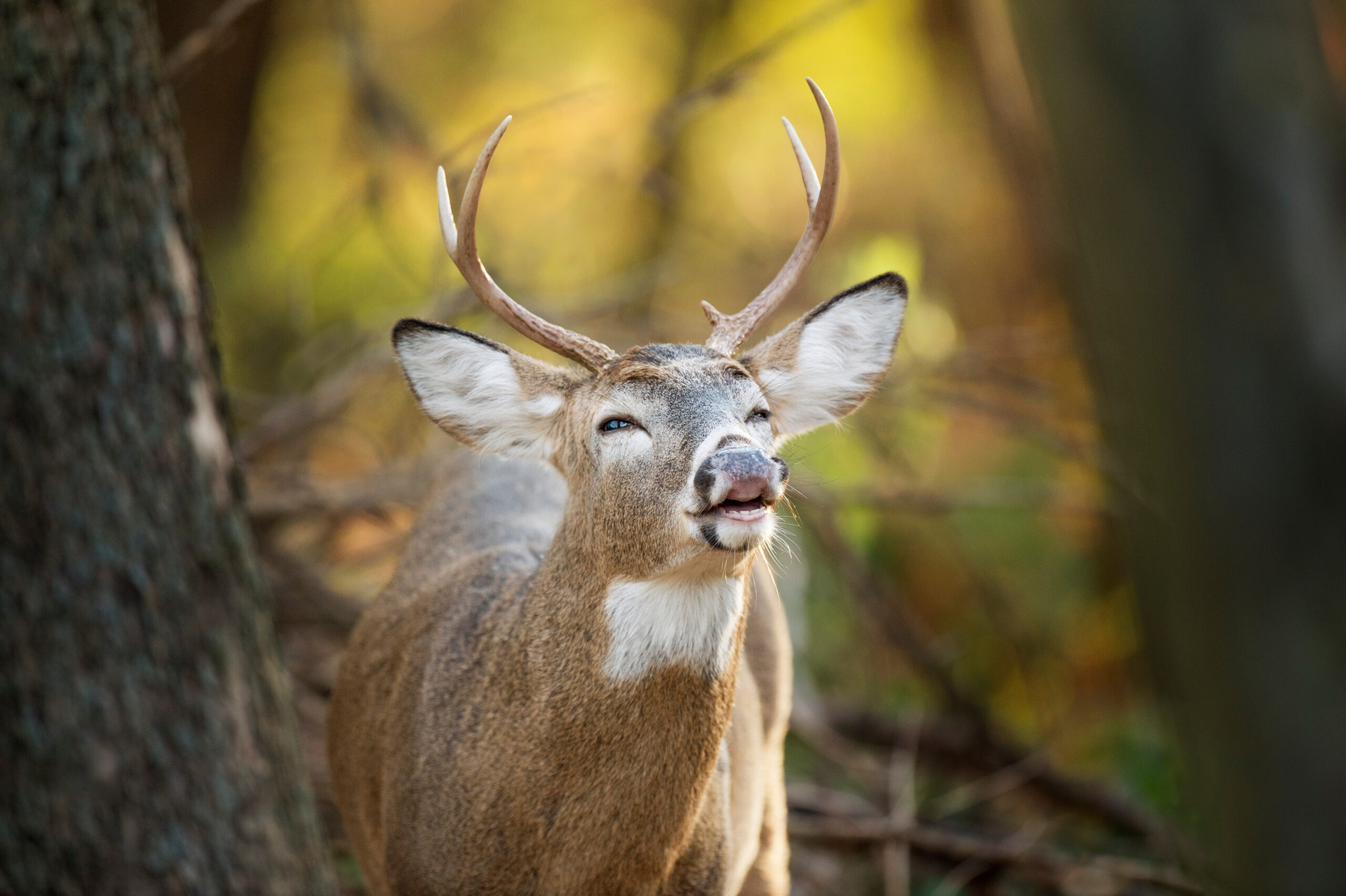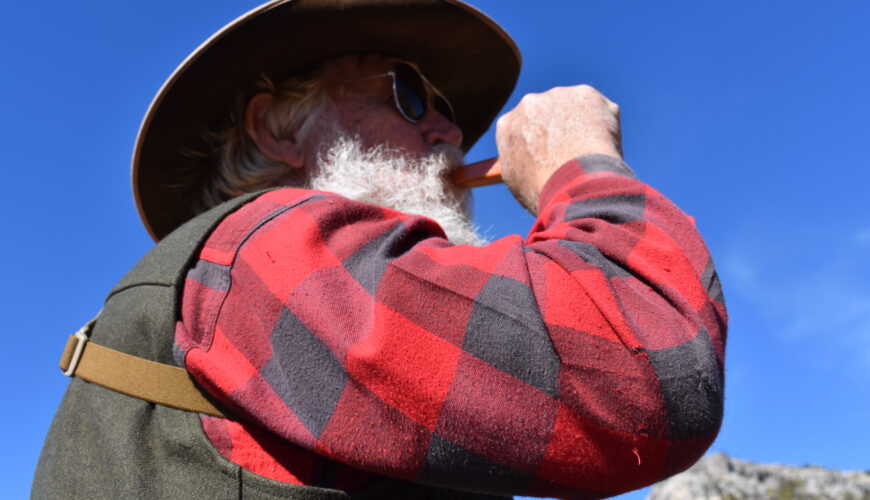Tactics
National Deer Association’s 5 Top Tips for Late-Season Deer Hunting
December 17, 2025 •iSportsman Staff
November 15, 2024
Many hunters believe that total silence is the key to successful deer hunting. While there are times when it’s important to be quiet, like when your quarry is directly below your tree stand during a bow hunt, there are many times where calling deer is the way to go. For example, a subtle bleat can freeze a deer in its tracks long enough to make the shot.
Deer are social animals, speaking with each other through bleats, snorts and grunts. They also use posture to communicate by raising their “flag” when startled or stamping their front foot when alert for example. Learn the sounds deer make and mimic them to help put venison in the freezer and antlers on the wall!

Bucks are highly attuned to their surroundings during the rut — especially when on the prowl for a receptive doe. They can be tricked out of the brush by mimicking buck sounds or the bleat of a doe in estrus. The basic grunt broadcasts that there is another rutting buck in the area and it’s time for bucks to close the distance and check him out. Some bucks might even perceive the grunt to be a challenge. Regardless, it’s a deadly sound that has probably put more deer on the meat pole than any other.
The snort (or wheeze) indicates a buck is ready to challenge another, and under the right circumstances can be deadly. Though it may spook bucks that aren’t looking for a fight, it will also lure in that gnarled old monarch you’re hunting.
A grunt call is used in close quarters, inside about 60 yards. The snort and wheeze can reach at least 100 yards on a quiet day. You can’t over call using the snort and wheeze. I’ve watched bucks snort and wheeze several times when tending a receptive doe with a rival buck close by. It’s a great call for bringing in distant bucks for a close bow shot. Or it can help get a buck out of the brush into a clear shooting lane for a rifle shot.
Antler rattling on its own can be effective during the rut, but combining rattling with calling can close the deal on a wise old buck. Older buck fights are a noisy affair, with lots of brush popping and antler banging. An occasional snort or grunt can help persuade bucks to get in on the action or inspire an attempt to sneak in and breed the doe while competitors are battling. While calls are very useful, sounds like breaking branches, rattling antlers and thumping the ground with the back of antlers all mimic fights that rutting bucks are ready to join.
My good friend Larry Weishuhn aka “Mr. Whitetail” taught me that mule deer are suckers for predator calls. I’ve hunted with Larry and watched him attract small herds of mule deer up close using a mouth-blown injured rabbit call. This is a technique that will work wherever you find mule deer, from the Blacktails on the west coast to Trans Pecos mule deer in Texas. Never leave camp without a predator call tucked inside your pack while hunting mule deer. Predator calls might sound a bit unconventional for mule deer, but they are deadly.
